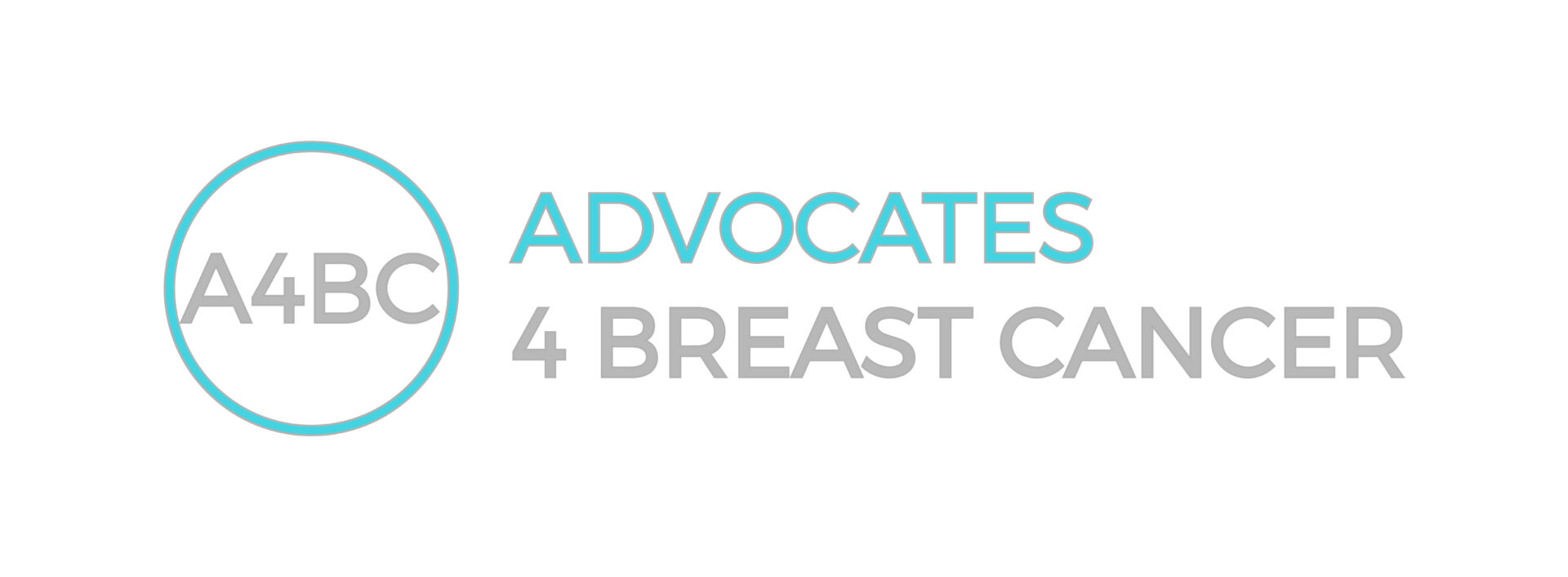What Is Breast Cancer?
Breast cancer begins with a malignant tumor that starts in the breast. A malignant tumor is a group of mutated cells that form together and invade surrounding tissues. Mutations are abnormal changes in cells. Normal cells are in our genes and usually replace themselves with healthy new ones while the old ones die. When a cell goes to replicates itself and mutates, this causes the cells to copy and replicate more mutant cells that form tumors.
Some tumors can be benign (harmless) or malignant (can be dangerous). The female breast is made up of lobules (milk-producing glands), ducts (small tubes that carry milk from the lobules to the nipple), and stroma (fatty and connective tissues surrounding the ducts and lobules, blood vessels, and lymphatic vessels).

What if I am diagnosed?
A breast cancer diagnosis can be quite alarming. It’s a disease that no one deserves and there are lots of resources to help you understand more about breast cancer. We are going to write some basic information about breast cancer and refer you to other organizations that give much more detailed explanations to help you understand more about breast cancer. While breast cancer is most common in women, men can also get breast cancer.
Types of Breast Cancer
DCIS (Ductal Carcinoma in Situ)
DCIS is considered a pre-cancer that is noninvasive. It happens when the cells that line the ducts look like cancer cells but have not spread (invaded) the walls of the ducts surrounding the breast tissue. Presently, there is no way to know with a degree of scientific certainly which DCIS cases will become invasive cancers.
LCIS (Lobular Carcinoma in Situ)
LCIS looks like cancer cells growing in the lobules of the milk-producing glands of the breast, but they do not grow through the wall of the lobules and is not true cancer. According to the American Cancer Society, “Women with this condition have a 7- to 11-fold increased risk of developing invasive cancer in either breast. For this reason, women with LCIS should make sure they have regular mammograms and doctor visits.”
Invasive Ductal Carcinoma (IDC)
IDC is the most common breast cancer that begins in the milk duct of the breast breaks through the wall of the duct and grows into the fatty tissue of the breast. IDC can spread (metastasize) through the lymphatic system or bloodstream to other parts of the body.
Invasive (or Infiltrating) Lobular Carcinoma (ILC)
ILC starts in the lobules (milk-producing glands) and is harder to detect by a mammogram than IDC. About 1 IDC in 10 is an ILC.
Male Breast Cancer
Breast cancer in men is rare, but about 2,350 men find out they have breast cancer each year and about 440 die of breast cancer each year.
Inflammatory Breast Cancer (IBC)
This less common type but very aggressive form of breast cancer is about 1% to 3% of all breast cancers. There is usually no single lump or tumor and, instead, it makes the skin of the breast feels warm and may give the breast a thick-pitted appearance while making the breast firmer, tender, or itchy. In its early stages, it is often misdiagnosed as an infection (mastitis) and treated with antibiotics. It’s hard to see on a mammogram and is frequently diagnosed after it has spread.
Paget's Disease of the Nipple
This is a very rare form of cancer, as it accounts for only 5% of cancer diagnoses. The disease occurs when cancer affects the milk ducts of the nipple, then it spreads to the nipple surface and outwards to the areola. Symptoms of this disease are a scaly, red, irritated and itchy nipple.
Triple-Negative Breast Cancer (TNBC)
TNBC refers to breast cancer that does not express the genes for the estrogen receptor (ER), progesterone receptor (PR), and HER2neu. It is more difficult to treat since many treatment options target these receptors. The relapse rate of triple-negative breast cancer tends to recur within 3-5 years while hormone-positive cancer tends to recur later than that.
Medullary Breast Cancer
Medullary breast cancer is a very rare type of invasive ductal breast cancer which accounts less than 5% of all breast cancers. Medullary breast cancer is somewhat more common in people who are carriers of a genetic mutation known as BRCA-1.
